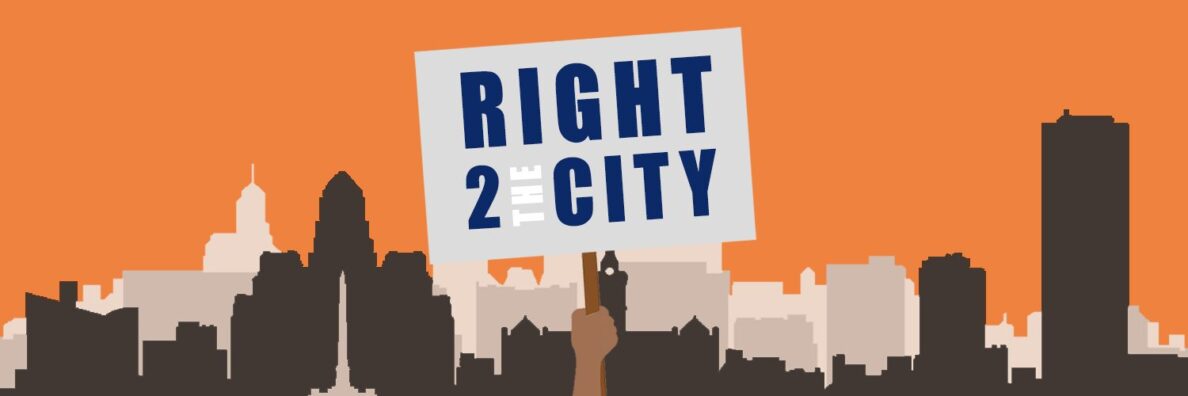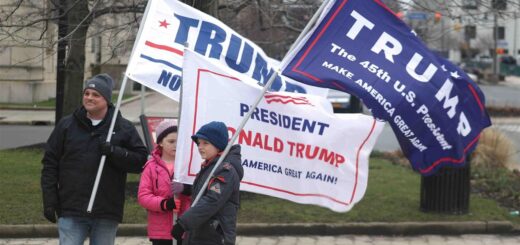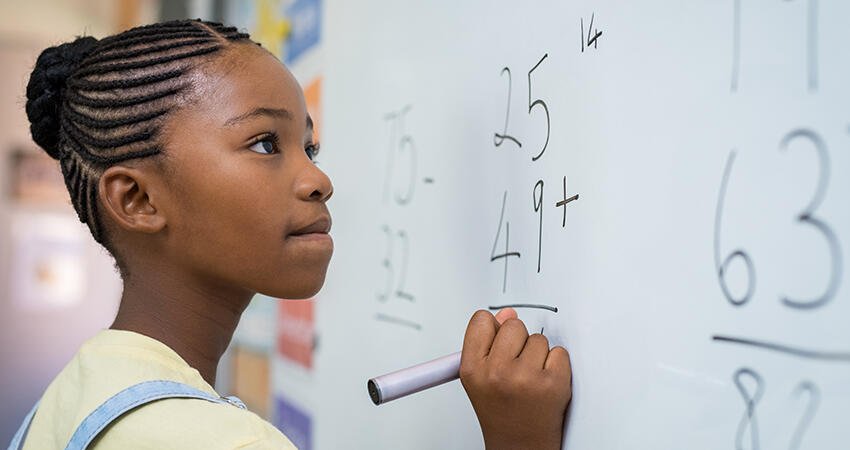Covid-19 lays bare health disparities in black community
By Caitlin Dewey
Reposted from The Buffalo News

The April 25 broadcast of Vision of Hope, a weekly call-in radio show on Buffalo’s WUFO, opened with a plea that listeners wash their hands, wear masks and maintain social distancing measures.
The show, hosted by the senior pastor of a Masten Park church, was slated to cover the science of the Covid-19 pandemic. Guest Raven Baxter, a health educator and biologist by training, was primed to talk about antibody testing and the search for a vaccine.
But caller after caller phoned in with variations of a different, and more personal, question: Why did it seem the black community — in Buffalo and across the country — bore the brunt of the novel coronavirus?
“It’s not that black people are being ‘attacked,'” Baxter later told The Buffalo News, quoting one of her callers. But with evidence mounting that black Americans have died of Covid-19 at far higher rates than other ethnic groups, she said, it’s no wonder some are alarmed and anxious.
In Erie County, preliminary testing data show that cases have clustered in black neighborhoods and that black patients represent a disproportionate share of Covid-19 deaths. As of May 7, per capita case counts were 88% higher in the county’s five majority black ZIP codes than they were in the rest of the county, according to a Buffalo News analysis of county Health Department data.
Black patients also accounted for nearly 19% of Erie County’s Covid-19 deaths, as of May 6, though they make up less than 15% of its population.
That has forced many in this deeply segregated region to grapple urgently with the fact that white and black Buffalonians still experience far different health outcomes – an uncomfortable reckoning that one local health care advocate likened to that of New Orleans after Hurricane Katrina.
“What this pandemic has done is call us to a place of accountability,” said the Rev. Kinzer Pointer of Agape Fellowship Baptist Church in Buffalo’s Fruit Belt. “And in doing that, it asks a very important question: Now that you know, what are you going to do about it?”
Residents exposed at jobs, home
In the Fruit Belt, as across the East Side, the ripples of Covid-19 have been painful, Pointer said. Many playgrounds and basketball courts lie empty, their hoops removed as a deterrent. Prayers for sick and hospitalized congregants have become standard fare in church sermons, which now stream live on WebEx and Facebook. Some homeowners have started leaving porch lights on overnight in memory of Covid-19 victims.
“There are a lot of people dying in the African American community specifically,” said Eva Doyle, a writer and retired teacher in the Buffalo Public Schools who started the porch light campaign. “I’m hearing all these death statistics, and it’s almost like they’re reciting football numbers or something – but these are individuals, human beings. These are friends and relatives and neighbors and people we know personally.”

As public health advocates and researchers explain it, the problem is both medical and economic. Thanks to generations of racism, racial inequality and residential segregation – Buffalo is the sixth most segregated metro area in the country, according to the Brookings Institution – black Western New Yorkers are both less healthy and poorer than white residents on average.

That makes them more vulnerable to catching Covid-19 and becoming sicker if they do. Complete social distancing, the best preventative for Covid-19, requires an enormous amount of resources: a private vehicle, a fast broadband connection, an income sufficient to stock up on groceries, a home spacious and safe enough for all its occupants.
Black workers also disproportionately hold front-line jobs in fields like health care, retail and transportation, a situation that one bioethicist recently dubbed the “African American petri dish.” Nearly a quarter of black and Hispanic workers are employed in service industries, compared with 16% of white workers, according to data from the Bureau of Labor Statistics.
One longtime nursing home aide who was recently diagnosed with Covid-19 – and who asked not to be named because of the stigma – said it was impossible to “social distance” from the residents she fed and dressed. Now quarantined at her home in Schiller Park, she said she was unsurprised the pandemic took a harsh toll on African Americans.
“We are more of the front-line workers,” she said.
Across town, at the Tops on Grant Street in Black Rock, shipping receiver Muhammad Furqan said his employer had worked hard to protect its employees.
“But I would definitely rather be home,” said Furqan, whose 70-year-old mother has become especially anxious about his exposure. “It’s really rough going to work every day. But we still need to feed our families, and Honda still wants that car payment.”
Added risk from pre-existing conditions
For 41-year-old Furqan, who also has a newborn son at home, the scariest aspect of working through a pandemic is the unpredictability of who Covid-19 kills. He knows the disease is deadliest for older people, such as his mother and the grandfather of his store’s chip delivery man, who died in April. But Furqan also knows a 43-year-old who passed away recently, his fight with Covid-19 complicated by a pre-existing medical condition.
African Americans suffer far higher rates of many of the pre-existing conditions that make Covid-19 deadly, including asthma, diabetes, coronary heart disease, COPD and hypertension, according to data from the Centers for Disease Control and Prevention.
In Buffalo, rates of all five conditions spike dramatically east of Main Street, where roughly 85% of black Buffalonians live, according to the CDC. In neighborhoods like Genesee-Moselle and Masten Park, more than half of all adults have high-blood pressure, and one in five have diabetes.
“Knowing what we know about health disparities, none of this is a surprise,” said Dr. Timothy Murphy, who heads the University at Buffalo’s six-month-old Community Health Equity Research Institute. “When you look at the list of underlying disorders that are associated with bad Covid-19 outcomes … it’s disorders that are more present in African American communities on the East Side of Buffalo.”
These disparities can’t be explained by genetics or other inherent conditions, health experts stress. Rather, higher rates of diseases such as diabetes and hypertension spring from lifestyle factors and unequal conditions in black neighborhoods – what researchers call “the social determinants of health.”
It’s difficult to eat healthfully, for instance, without a nearby grocery store or a car to access one, said Dr. Myron Glick, the founder of Jericho Road Community Health Center. And it’s more difficult still to exercise in an area where there aren’t public parks, or where the streets are dangerous.
People of color are also vastly more likely to live in polluted areas, or homes with lead or other contamination. They are also more likely to lack health insurance and routine medical care, a function of both cost and mistrust in a medical system that has, for much of its history, failed them.
“Let’s make it simple,” said Dr. Willie Underwood, the executive director of the new Buffalo Center for Health Equity, a project funded by Erie County Medical Center. “If two individuals are hit by a car, and the cars are going the exact same speed, then the health of the individuals will decide their outcomes.”
“In this case,” he added, “our society has been hit by a freight train: Covid-19. And the damage caused by that freight train is based on pre-existing problems.”
‘You guys were right all along’
But chronic illnesses have “never been a priority” for Western New York, said John Craik, the executive director of the nonprofit Population Health Collaborative, which coordinates community health initiatives among health care providers, government agencies and nonprofit groups. Scattershot efforts to address underlying conditions, particularly in the black community, have been siloed away from each other, making them less effective. Recent data on county life expectancy shows the results, he said: Erie County’s white residents live more than five years longer than its black residents, on average.

For health advocates who have long warned about the danger of disparities, this latest vindication has proved a bitter one. Pointer, who has since 2015 also served as an organizer of the African-American Health Disparities Task Force, a group devoted to addressing the region’s health disparities, lost his lifelong mentor in early April. His co-organizer, the Rev. George Nicholas of Lincoln Memorial United Methodist Church in the city’s Cold Springs neighborhood, has lost four acquaintances in Buffalo and five more across the country, including a friend in North Carolina and a cousin in Maryland.
“Now I’ve had several people say to me, when they see these numbers coming out of the East Side, ‘Oh man, you guys were right,’ ” Nicholas said. “ ‘We really need to do something about that.’ ”
“Better late than never,” he added.
Over the past three weeks, a coalition of local community groups and health care organizations have rallied to fight the pandemic in black and low-income communities.
On April 22, advocates cheered ECMC’s announcement of an $8 million fund to expand testing capacity in underserved East Side and Lower West Side neighborhoods. Two days later, Kaleida Health also opened its first East Side test site at the Leroy R. Coles Jr. Branch Library, joining private test sites already in operation.
Separately, community and church groups have distributed thousands of masks, meals and other supplies across the 14215 ZIP code. Safety net health care providers, such as the Community Health Center of Buffalo and the Greater Buffalo United Accountable Healthcare Network, have rapidly adopted telehealth tools and technologies in a way that has allowed them to serve more vulnerable patients, said Dr. LaVonne Ansari, the health center’s chief executive.
There are also new efforts underway to communicate the dangers of Covid-19 in “a way that is more culturally aware,” said Baxter, the science educator. She helms a city initiative designed to promote social distancing to teenagers on Instagram, and a parody rap video she made about Covid-19 safety has been viewed nearly 23,000 times on YouTube.
“I’m hoping there’ll be a silver lining in all this,” Baxter said. “There’s so much to learn, as a black community, from what happened here. And I really hope what comes out of this is we’re more aware of what we need to do in the future.”
Advocates and health care leaders share that hope, though they fear momentum for major change could end with the pandemic. Increased testing and protections for front-line workers will help in the short-term, UB’s Murphy said.
But closing the economic and health disparities that made Buffalo’s black community vulnerable to Covid-19 would require large investments in education, neighborhood infrastructure and health care. Underwood, of the Center for Health Equity, notes that Covid-19 has illuminated a range of social vulnerabilities that seemed less visible – and perhaps less urgent –before the pandemic.
Closing schools exposed how many students don’t have food or working internet at home, for instance. Widespread layoffs and delayed unemployment checks revealed the financial insecurity of many Buffalo households.
“This is bigger than Covid-19 – I know it sounds strange to say that,” Nicholas said. “But … I hope we don’t ‘return to normal.’ I want to go to a new space. When you look at people of African descent, any conversation of returning to normal is not good for us.”



